If you like piña coladas – and I do – Puerto Rico will suit you just fine. The cocktail was born on the island in 1954, though debate lingers over exactly where it was first dreamt up. A bartender at the Caribe Hilton is credited with blending coconut cream, pineapple and rum into its original form, but some claim it was at Barrachina that the drink evolved into the slushier, icier version we know today. But does it really matter? What’s important is that in Puerto Rico, you’re never far from a piña colada.
Spring break was in full flow when I arrived on this tropical US territory. The college kids were easy to spot. The girls paraded around in string bikinis, which barely held everything in. Some of the boys, meanwhile, bore fresh hickeys, badges of honor. At Mar Chiquita beach, a food truck painted with the Puerto Rican flag served piña coladas in hollowed-out pineapples.
“These spring-breakers just don’t know how to drink,” said Pablo, my guide through Old San Juan. “It’s quite sweet, really.” Pablo, himself in his early twenties and studying history, drank coffee from the age of ten – a common practice in Puerto Rico, though his grandmother swore it would stunt his growth. It would be fair to say Pablo is not a tall man.
What he lacked in height, he more than made up for with his knowledge of Puerto Rican history. As we walked through the streets of Old San Juan, he painted a picture of the island’s colonial past – first Spanish, then American, with African influences – and how it has shaped Puerto Rican cuisine. The latter half of the 19th century was the golden age of Puerto Rican coffee, when Spain incentivized its cultivation, but the island still produces a substantial amount today. The Pope, I was told more than once, prefers a cup of coffee from the island.
American influence, meanwhile, is impossible to miss. Rice and red beans – a staple from the Great Depression era – still forms the heart of the local diet. Hotels such as O:Live in San Juan brim with cheerful, sun-seeking Americans, while the radio plays an endless loop of Katy Perry and Taylor Swift. In the 1950s, Operation Bootstrap brought US industry to Puerto Rico, leaving behind a legacy of pharmaceutical plants that still dot the landscape. “There’s a renaissance stirring in Puerto Rico,” proclaimed a 1956 advertisement, trumpeting this new industrial age.
But in the wake of Hurricane Maria, which devastated much of the island in 2017, many Puerto Ricans are looking to distance themselves – culturally, if not politically – from the US. Everything is now measured in two eras: “before Maria and after Maria.” And after the storm, it became clear that relying on American aid was no longer an option.
As such, an independent spirit simmers just beneath the surface. At Atelier Cocina Abierta, a cooking school and online food market at the heart of Puerto Rico’s culinary revival, a waitress lamented the island’s reliance on imported juice. “We have such incredible fresh juice here, but people still buy imported apple, pear and Welch’s grape juice from the US. We’re trying to change that.” The fresh passion-fruit juice I tried was certainly far superior to Minute Maid. At Frutos del Guacabo, a farm outside San Juan, the focus is on cultivating produce for local chefs. Beneath the shade of a mango tree, I sampled custard apples before being put to work milking a goat called Ursula. She seemed entirely unfazed by my inexperience. I was then invited to taste everything growing on the farm: peppery nasturtiums, lemon-drop flowers that fizzed on my tongue and butterfly oxalis peas. One specimen of note was the blue Thai pea flower. “Bartenders love it,” said Efrén David Robles, the farm’s owner. “It turns from blue to pink when you add lime.”
At Hacienda Tres Ángeles, in the mountains of Adjuntas, I met Naomi Gómez, a former phlebotomist from the Bronx who returned to Puerto Rico 12 years ago to start a coffee plantation. “It was an act of madness – and faith,” she said. “But the Puerto Rican dream is to own land and farm it.”
When Hurricane Maria struck, her family farm was left without electricity for nine months. The trauma of that time still lingers, fueling a renewed commitment to farming – and less reliance on American imports.
At Tres Ángeles (the three angels are Naomi’s daughters) nature dictates the rhythm of life. Naomi pointed out a yagrumo tree. “If the white undersides of the leaves turn skyward, it means rain is coming.” As we walked, the leaves began to tilt, and an hour later, the skies opened. “And if an avocado tree produces too much fruit,” she added, “a hurricane is coming.” This year, the trees have been heavy with blossoms – not a good omen.
Puerto Ricans are infectiously enthusiastic about their homegrown produce. “Guava is having a moment,” Pablo said. “It’s in everything right now.” Once used by the Taíno people (the indigenous inhabitants of the Caribbean islands) as a remedy for dysentery, guava has a new reputation as the ultimate hangover cure. “Banana and guava,” Pablo advised. “That’s the trick.” A tip the spring-breakers would do well to heed.
Rum, of course, is the culprit for many of those hangovers. Puerto Rico proudly calls itself the rum capital of the world, and it flows freely everywhere. My taxi driver raved about the local speciality, “drunk cookies.” Across the bay from Old San Juan sits the Bacardi distillery, its art-deco headquarters a pilgrimage site for bachelorette parties. The national dish, meanwhile, is mofongo – a comforting mash of fried plantains, shaped into a cup in a wooden “pilon” and filled with a variety of savory toppings. “Sometimes you just crave a mofongo,” said Laura Ortiz-Villamil, a PhD candidate in Puerto Rican studies, who also runs Sofrito Tours, offering cultural trips focused on the island’s cuisine.
At El Burén de Lula, a sixth-generation family-run food stand open only on Sundays, I met Vilma, the 90-year-old matriarch. Locals queued patiently for empanadillas stuffed with crab and ground beef, and coconut or cinnamon arepas with a mochi-like texture. Around the corner, El Sazón de Sylvia drew crowds for its deep-fried crab cakes, crab rice, and conch stew. “We don’t like to talk about dieting in Puerto Rico,” Laura joked. Given the abundance of fried food, I could see why.
Then on Luquillo Beach, locals and tourists alike gathered around smoking grills, feasting on chicken and shark pinchos. Music boomed from the speakers and every so often, couples broke into dance – be it salsa or bomba. The latter style, when performed with musicians, sees the drummer follow the woman’s movements, not the other way round, as one might expect.
Music drives life in Puerto Rico, with famous names such as Daddy Yankee and Jennifer Lopez frequently woven into conversation. At her plantation, Naomi had named a chicken after J.Lo. “The roosters loved her. But sadly, she didn’t survive Maria,” Naomi explained.
No Puerto Rican star shines brighter than Bad Bunny, though. The reggaeton icon will soon be the first artist to have a residency on the island, and his face is everywhere, from Calvin Klein billboards along the highway to murals featuring his interpretation of the island’s mascot, the coquí frog. He owns a bar in Old San Juan, sponsors a basketball team, and donates to underprivileged children on Three Kings Day, one of the island’s main holidays. Whether he really does roam the city disguised as a woman, as a local gossip suggests, is anyone’s guess. But he is undeniably responsible for the island’s latest trend: men painting their nails.
Chocolate Cortés, another beloved institution (known for its cheddar and chocolate dish) has long been a quiet force of resistance. For years, its chocolate bars came with illustrated storybooks tucked inside the wrapper, reinforcing Spanish at a time when US authorities tried to make English the dominant language. A letter is displayed on the wall of the Cortés cafe in San Juan from a woman called Ana Méndez, dated June 2007. Ana writes: “Where I lived, there were no books… these stories taught me to read and love reading.”
The resistance takes many forms. In Lares, the heart of Puerto Rico’s brief but passionate independence movement, I was handed the flag of independence to wave in the town square. But real revolution seemed a distant concern. Here, the air smelled of frying oil, ice cream flavors ranged from garlic and coriander to sausage and beans, little girls ate snow cones and an elderly woman danced salsa alone. As night fell, I ordered yet another piña colada, which arrived crowned with a bright pink cherry. ¡Viva Puerto Rico!
This article was originally published in The Spectator’s May 2025 World edition.



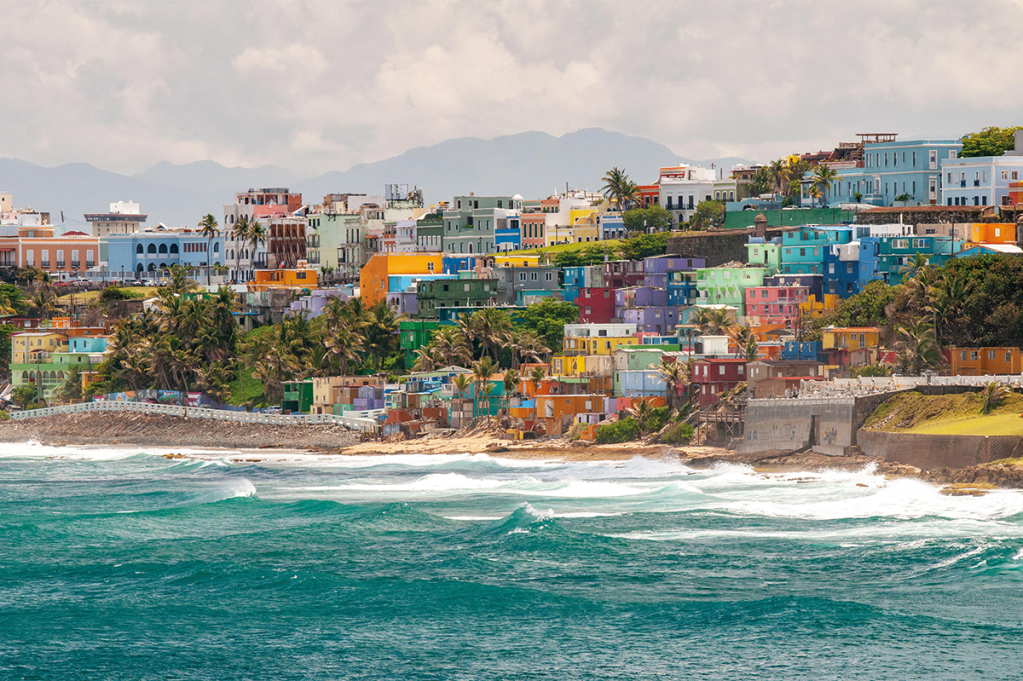







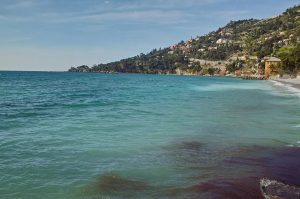
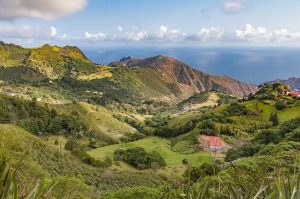
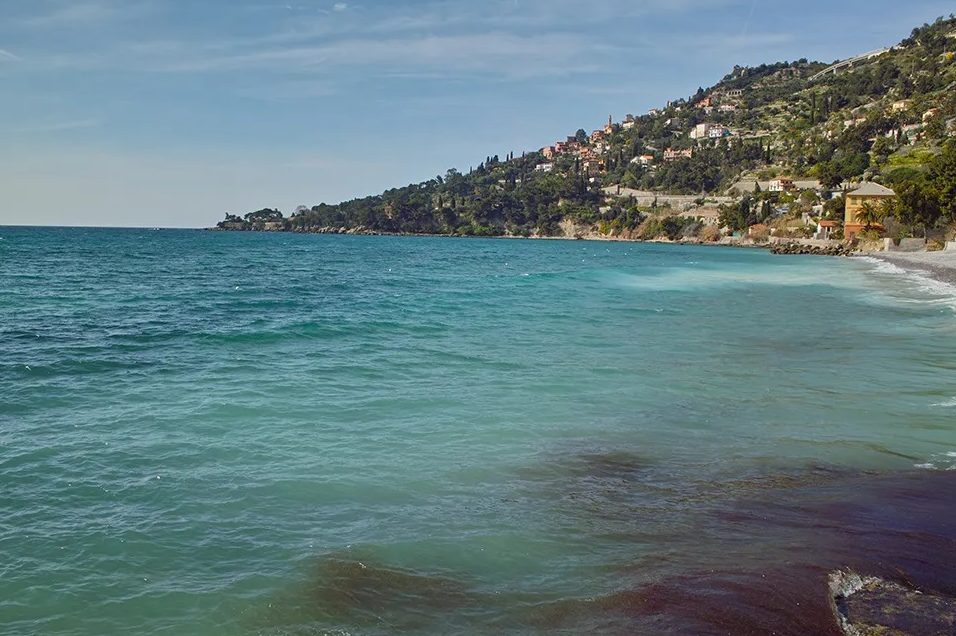
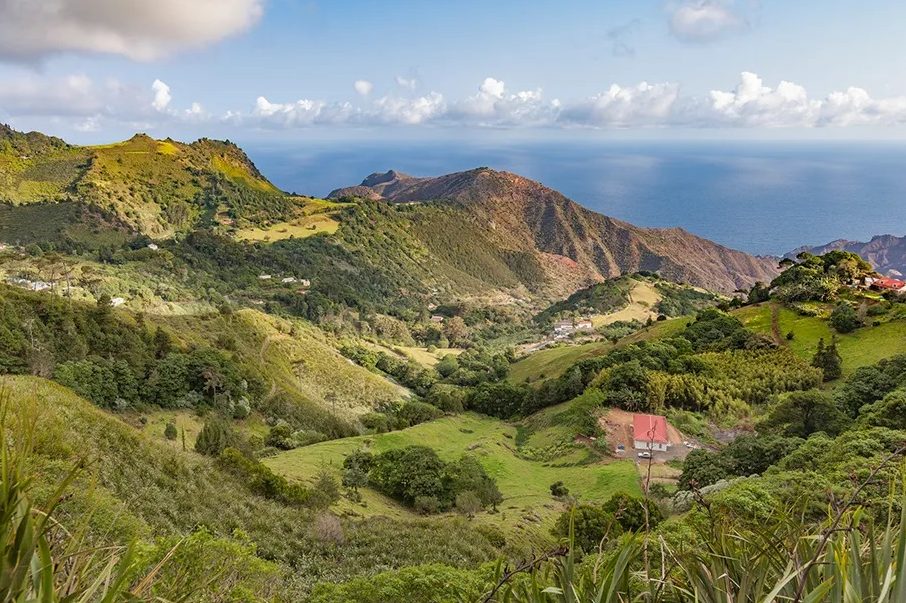





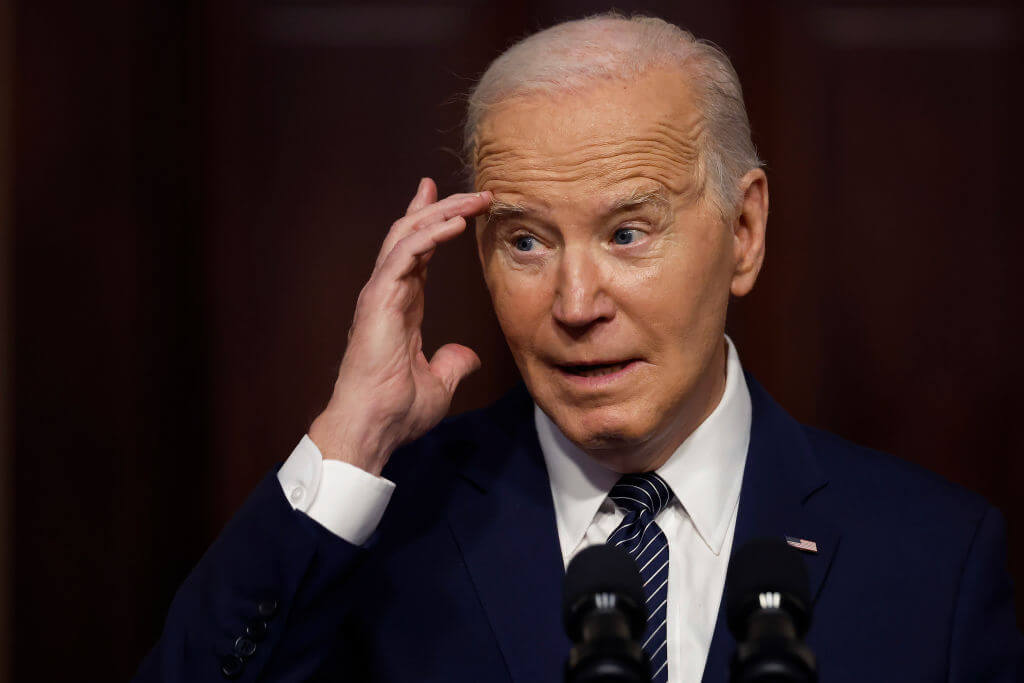



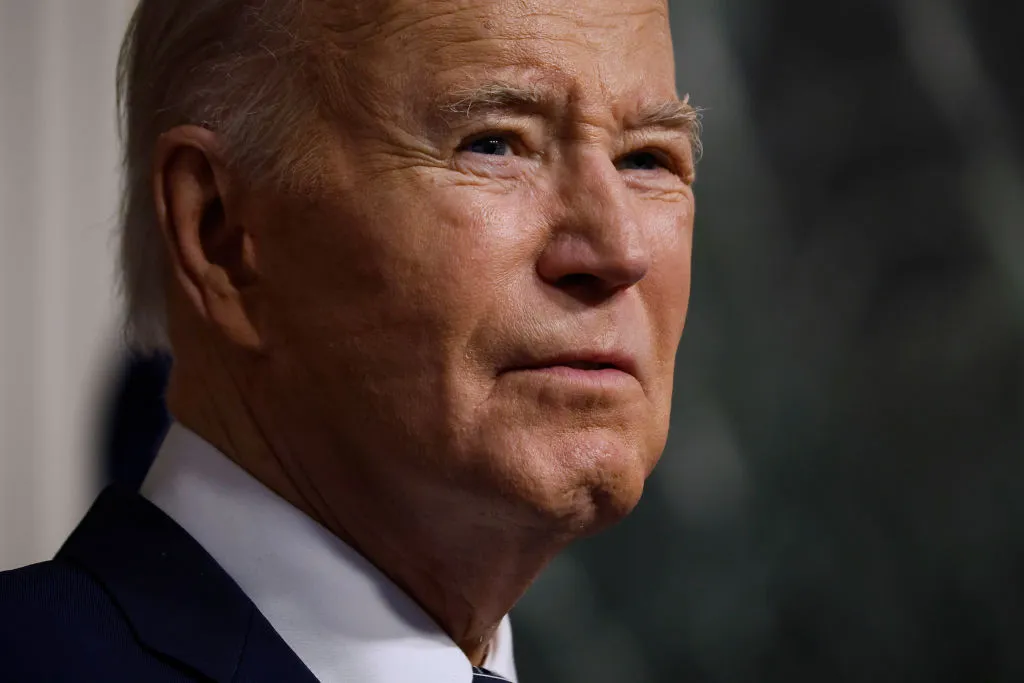

Leave a Reply